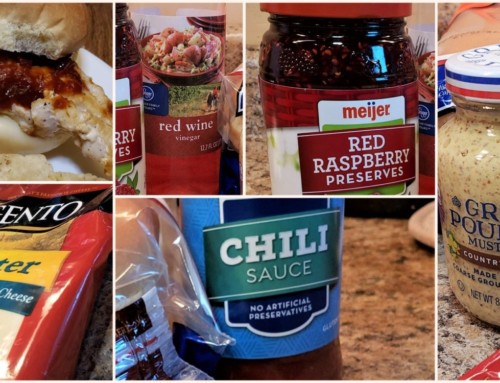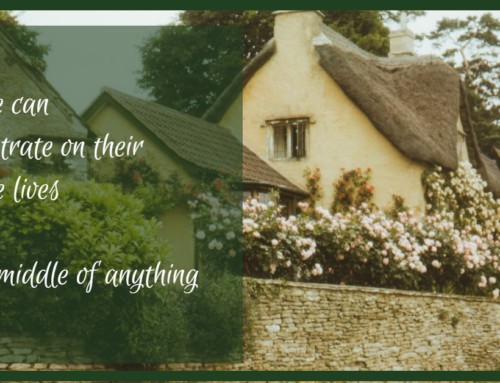“Did you find everything all right today?” said the grocery store cashier.
“Yes, I did, and I was looking for a lot of weird stuff,” I told her.
Like spreadable goat cheese. And pesto. And roasted red peppers.
We’ve got a Fast Sunday tradition around here of eating a big meal made made from all new recipes (also known as Dishwasher’s Dismay). Currently, we’re working our way through a magazine feature on tailgate meals.
You never know with new recipes whether the stuff will actually taste good. But today was a winner!
Get yourself acquainted with the fancy-cheese section of your grocery and store and make:
Let’s try the whole meal again sometime, and on an actual tailgate. Or on a picnic table beside a river bend. Or on a bench in Central Park. Doesn’t matter; just somewhere out there. (Can you tell I’m dying for picnic weather? I’m sure you are, too.)
I’m trying to distract you with a lot of cooking because I have not finished my current book, The Blithedale Romance by Nathaniel Hawthorne. Hawthorne, as we’ve mentioned here before, is a tough row to hoe. His language falls somewhere between King James English and “I’ll Take You Home Again, Kathleen.”
But Blithedale is actually rather funny. The main character, a stand-in for Hawthorne, plays the smart-mouthed grump in this tale of Boston elites intruding themselves on plain country folk.
Hawthorne based the story on his days at Brook Farm, an experiment in socialist living. He and his artist friends conceived the idea of living off the land. They believed they would achieve a form of moral justice, with some time on the side for writing poems and painting landscapes.
After a summer of shoveling a great deal of manure, and no time to write so much as a paragraph, the disillusioned Hawthorne hasted himself back to Boston to take up his former studious life.
I could’ve told him things would end that way.





Leave A Comment